profusion zinnias - losing color
spitfire_01
15 years ago
Featured Answer
Comments (28)
lindac
15 years agoRelated Professionals
Dickinson Landscape Contractors · Lorain Landscape Contractors · Lyndhurst Landscape Contractors · Mendota Heights Landscape Contractors · Munster Landscape Contractors · Norristown Landscape Contractors · Pikesville Landscape Contractors · Porterville Landscape Contractors · Rosemount Landscape Contractors · Salem Landscape Contractors · Antioch Landscape Contractors · Baton Rouge Decks, Patios & Outdoor Enclosures · Manchester Decks, Patios & Outdoor Enclosures · Troy Decks, Patios & Outdoor Enclosures · Wentzville Decks, Patios & Outdoor EnclosuresKat SE Wisconsin z5
15 years agolindac
15 years agomaineman
15 years agovermont07
15 years agocalistoga_al ca 15 usda 9
15 years agoDonna
15 years agomaineman
15 years agoDonna
15 years agoiloveflowersinpa
15 years agocalliope
15 years agospitfire_01
15 years agogail968
12 years agoDonna
12 years agokvenkat
12 years agosiichan
12 years agoDonna
12 years agokvenkat
12 years agosusanlynne48
12 years agoizharhaq
12 years agozen_man
12 years agosusanlynne48
12 years agozen_man
12 years agosusanlynne48
12 years agozen_man
12 years agosusanlynne48
12 years agozen_man
12 years ago
Related Stories
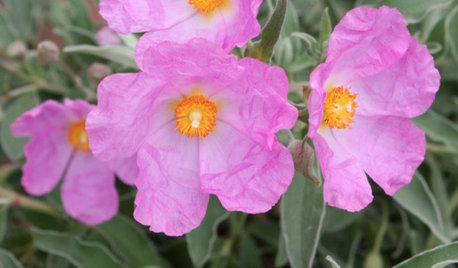
GARDENING GUIDESGreat Design Plant: Rockrose
Dry summer heat and poor soil won't quell the profuse papery blossoms of rockrose, a low-maintenance champion
Full Story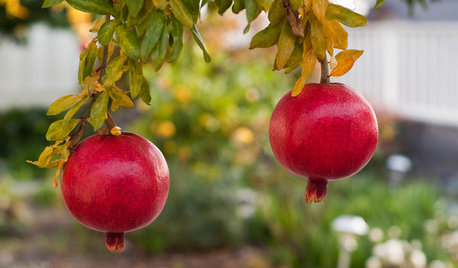
GARDENING GUIDESNorthern California Gardener's October Checklist
It's still a great time to plant flowers, vegetables and even bulbs in California gardens this month, thanks to predictably mild weather
Full Story
SAVING WATERHouzz Call: Are You Letting Go of Your Lawn?
Many facing a drought are swapping turf for less thirsty plantings. If you’re one of them, we’d like to hear about it
Full Story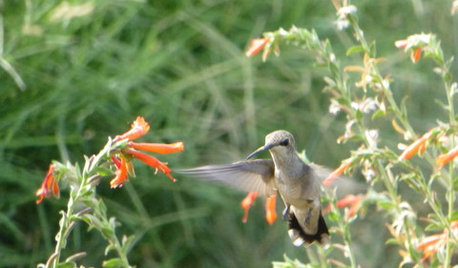
GARDENING FOR BUTTERFLIESGreat Design Plant: California Fuchsia Brings Color and Hummingbirds
Set this summer perennial up in a dry and sunny spot for blazing orange or red blooms into fall
Full Story
GARDENING GUIDES6 Plants That Beat Butterfly Bush for the Wildlife Draw
It's invasive, a nonnative and a poor insect magnet. Check out these better alternatives to butterfly bush in the garden
Full Story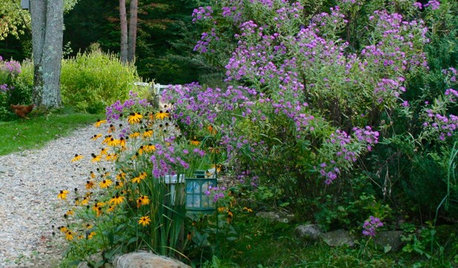
GARDENING GUIDESTop 10 Native Plants for the Northeast
For a low-maintenance, wildlife-friendly landscape, use native plants adapted to the climate and range of soils in the Northeast
Full Story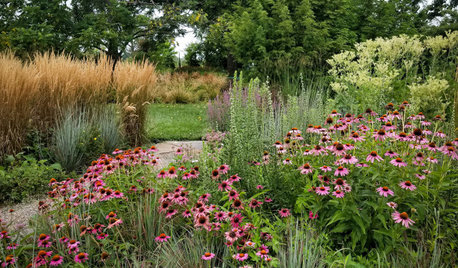
FALL GARDENING20 Favorite Flowers for the Fall Landscape
Vivid blooms and striking shapes make these annuals and perennials a delight in autumn gardens
Full Story
HOUZZ TOURSMy Houzz: Bright and Cheerful Updates to an 1890s Colonial Revival
Modern tweaks, including a kitchen overhaul, brighten a family’s home
Full Story
LIFEHouzz Call: Show Us Your Nutty Home Fixes
If you've masterminded a solution — silly or ingenious — to a home issue, we want to know
Full Story
GARDENING FOR BUTTERFLIESGardening for the Bees, and Why It’s a Good Thing
When you discover how hard bees work for our food supply, you may never garden without them in mind again
Full StoryMore Discussions






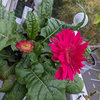
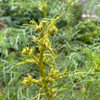
spitfire_01Original Author